By Louise Irvine
Moving to the South Florida Design Center in Hollywood has inspired us to look at our fabulous collection of fired arts through the lens of the most important design movements of the last two centuries. In our new museum, we will be using our period furniture and décor to present the design aesthetic of each era. Beginning with the success of Josiah Wedgwood’s pottery during the Recency period in England, through the Victorian, Art Nouveau, and Art Deco design eras, our story comes up to date with Ardmore Ceramics and Design from South Africa.
Regency Period
The sets of Netflix’s Bridgerton TV series reflect the opulence and romance of the Regency era In London. The interior of their aristocratic home was inspired by the serene shade of Wedgwood Blue Jasper ware. From 1811 to 1820, during the madness of King George III, the Prince Regent hosted opulent balls and indulgent dinner parties which continued during his reign as King George IV.
Candelabras and large gilded mirrors created a dramatic ambience for luxurious interiors. Candlelight twinkled on Waterford crystal wine glasses and fine china made at the Wedgwood and Royal Crown Derby factories which are still in existence today. In her letters, Jane Austen talks about her Wedgwood dinner service purchased from Wedgwood’s London showroom. Wedgwood cameos and wall plaques dominated the Neo-Classical design aesthetic of the Regency era.
Victorian Era
Queen Victoria came to the throne in 1837 heralding a new era in art and design. Victorian decor was eclectic and highly ornamental, often with a mix of historical styles. The industrial revolution made decorative arts accessible to a wider middle-class audience who furnished their residences with mass-produced items in their own personal taste. Interiors were stuffed with vividly colored furnishings, patterned wallpaper, tapestries, sentimental pictures and shelves laden with ornaments. Doulton’s Lambeth and Burslem factories provided a wide range of practical and decorative ceramics for the Victorian home. The Lambeth factory could also provide terracotta building blocks to construct houses and tiling schemes for interiors as at Sir Henry Doulton’s own home, Woolpits in Surrey.
The natural world inspired interior decoration with a plethora of potted palms and ferns in ceramic jardinières. Majolica ware was popular for ornamental and practical use throughout the home and in the fashionable new conservatories. Parian statuary porcelain simulating marble made the work of famous Victorian sculptors affordable to a wide market. The popular PBS Masterpiece show Victoria gives us a glimpse into the magnificent gaslit interiors of the mid-19th century.
Arts & Crafts Movement
William Morris, the famous Arts & Crafts designer, advocated “Have nothing in your house which you do not believe to be useful or beautiful.” He abhorred the machine-made goods shown at the Great Exhibition of 1851 and subsequent world fairs and he set up his own company in 1861 to decorate homes with painted furniture, embroideries, stained glass and his own wallpaper and textile designs.
Morris believed in the dignity of labor and promoted individual craftsmanship as in Medieval times. Painters and sculptors were encouraged to design in clay, glass, wood and metals blurring the distinction between the fine arts and the decorative arts. Enterprising potteries, such as Doulton, Minton, and Wedgwood engaged women to hand-paint designs in an art studio environment. Tile panels and circular plaques were popular and practical in Victorian interiors with sooty coal fires although the Aesthetic style was occasionally lampooned by the press.
Art Nouveau
This revolutionary Art Nouveau style flourished from the 1890s until the First World War as a reaction to the eclectic and historical styles of the 19th century. The innovative modern style was characterized by curvilinear forms in architecture, interior design, and decorative arts. Organic motifs including flowers, insects and birds were portrayed with shimmering luster glaze effects by British and European ceramic companies such as Pilkington and Zsolnay.
Peacocks and their iridescent feathers became an icon of the movement and were portrayed in Moorcroft’s Florian ware and Minton’s Secessionist ware. Terracotta statues of beguiling women were produced by Goldscheider and glazed to simulate bronze. Art Nouveau is often referred to as the Liberty style after the fashionable London emporium that sold objets d'art from Japan and influenced the new style.
Art Deco
A new design style emerged in the 1920s after the Exposition des Arts Décoratifs held in Paris in 1925. Named Art Deco after the show, it featured abstract decoration and geometric shapes inspired by machines and man-made objects in contrast to the naturalistic curves of Art Nouveau. British designer, Clarice Cliff, introduced her Bizarre ware in 1927 which became hugely popular with the public after the trauma of the Great War. As shown in the 2021movie, The Colour Room, which was inspired by Clarice’s rags to riches story, war weary Europeans cried out for vibrant designs to enliven their drab surroundings during the Great Depression.
The 1930s was also the “Golden Age of Hollywood” with motion pictures presenting a new concept of glamour which was captured in ceramic statuettes of the stars by Royal Doulton, Goldscheider, and Rosenthal. Art Moderne introduced aerodynamic curves and nautical influences from the great transatlantic liners. Ocean Drive in Miami Beach boasts some of the best surviving examples of Art Deco and Art Moderne architecture in the world.
African Ceramics & Design
Since 1985, the Ardmore Studio in South Africa has grown and prospered making unique ceramic art which is avidly collected internationally. Approximately 70 artists are employed modeling and painting Ardmore’s unique vases and sculptures and WMODA features the largest exhibition in the world. The Ardmore Design Collection was launched in 2010 with the Qalakabusha range of furnishing fabrics, meaning “new beginnings”, which inspired their collaboration with Hermès, the luxury French silk brand.
Ardmore’s talented team of graphic designers have translated the studio’s vivid patterns of African fauna and flora into a wide range of fabrics for curtains, sofas, poufs, and pillows in luxurious silk, velvet, and cotton. In 2017, Ardmore began collaborating with Cole & Son, the British wallpaper manufacturers, to create a vibrant collection of pictorial wall coverings. Ardmore’s tabletop collection features tablecloths, runners, and napkins as well as melamine place mats and coasters. Interior designers can choose from Ardmore’s extensive catalog to bring the exuberant spirit of Africa into the modern home.
Enjoy galleries and vignettes reflecting these period design styles from the 1800s to the present day in the new WMODA which will reopen in the summer.
Read more about Ardmore Design.
Read more about Art Nouveau.
Read more about Art Deco.
Read about Art Deco Glass.
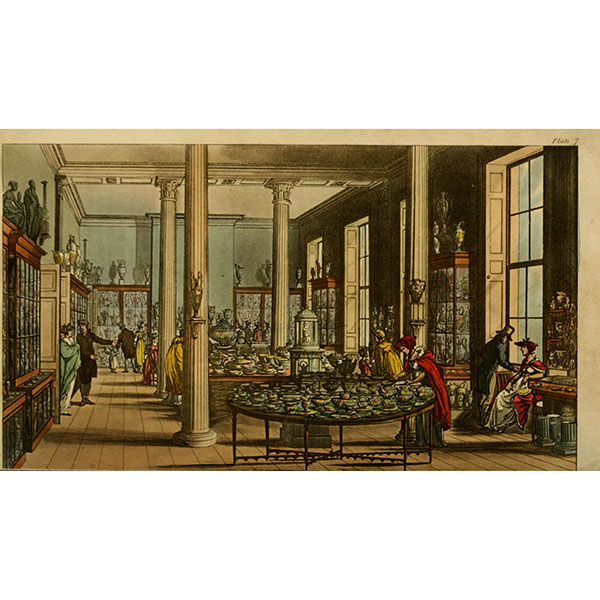
Wedgwood London Showrooms 1809
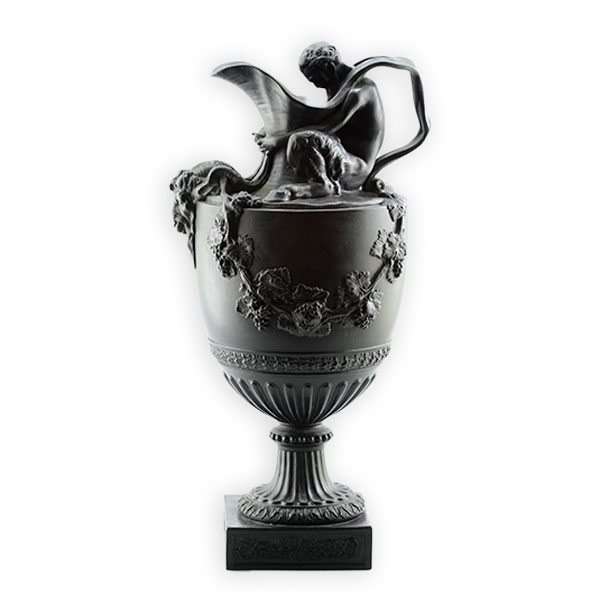
Wedgwood Sacred to Bacchus Ewer
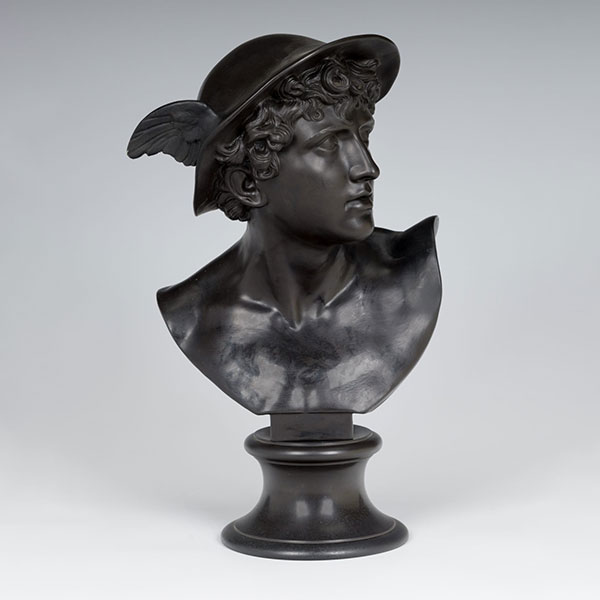
Wedgwood Black Basalt Mercury
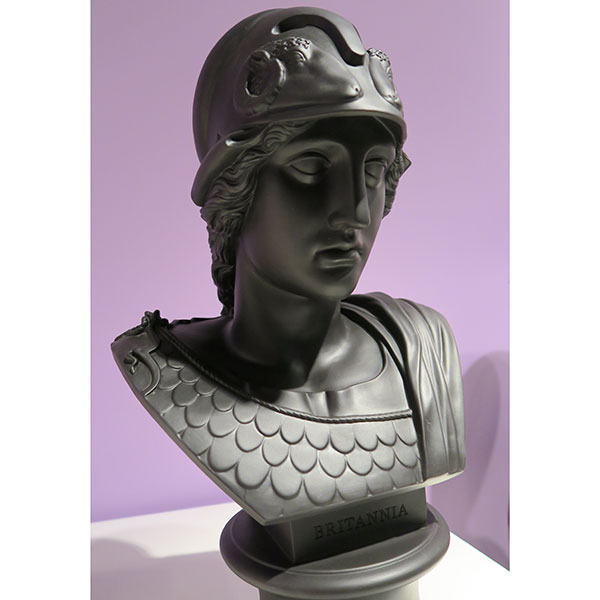
Wedgwood Black Basalt Minerva
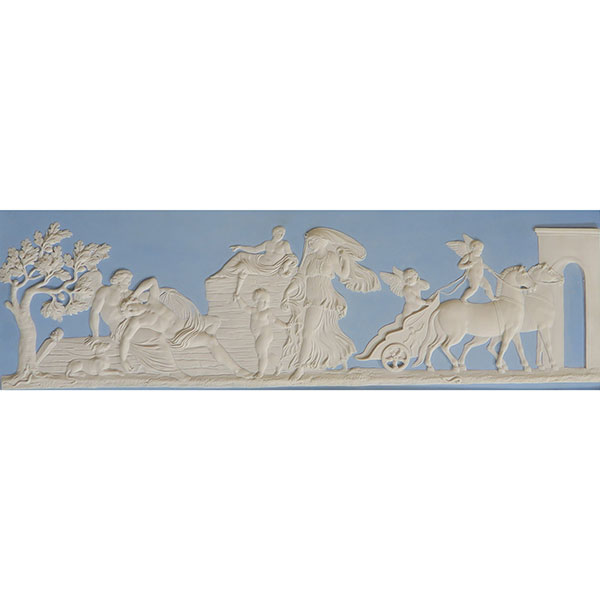
Wedgwood Diana Visiting Endymion
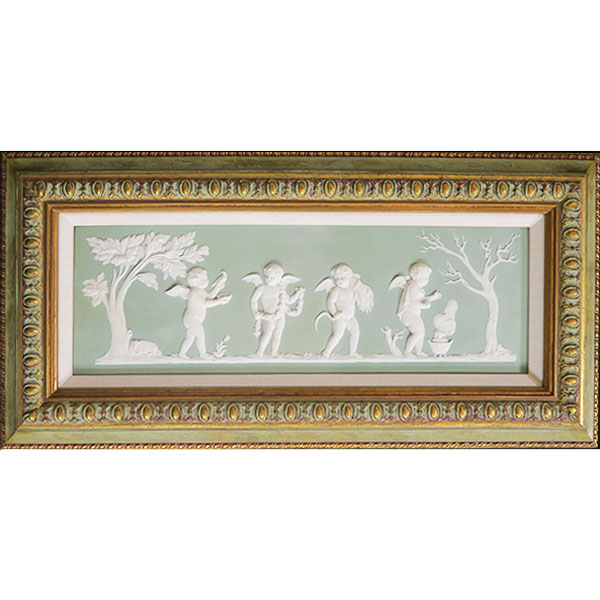
Wedgwood Four Seasons
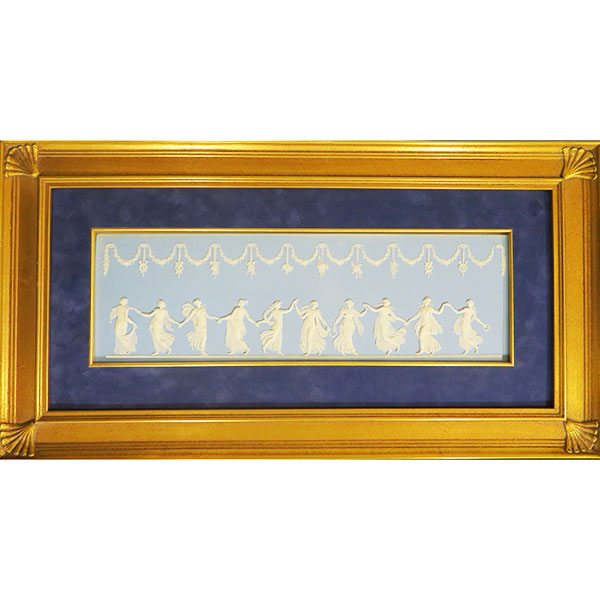
Wedgwood The Dancing Hours
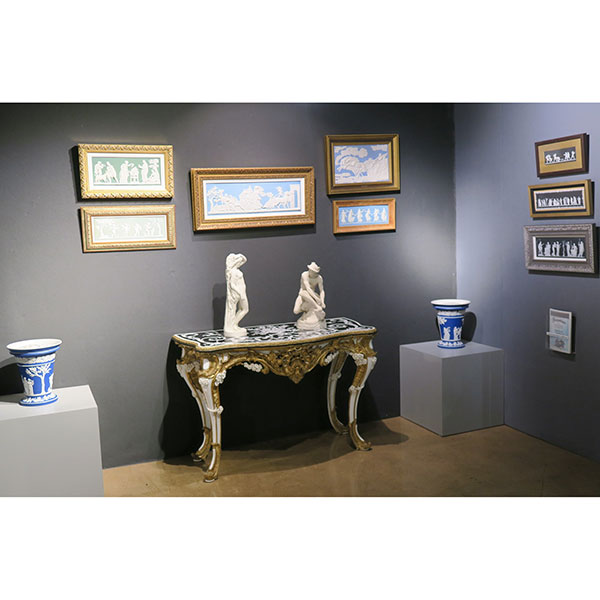
Regency Era Wedgwood
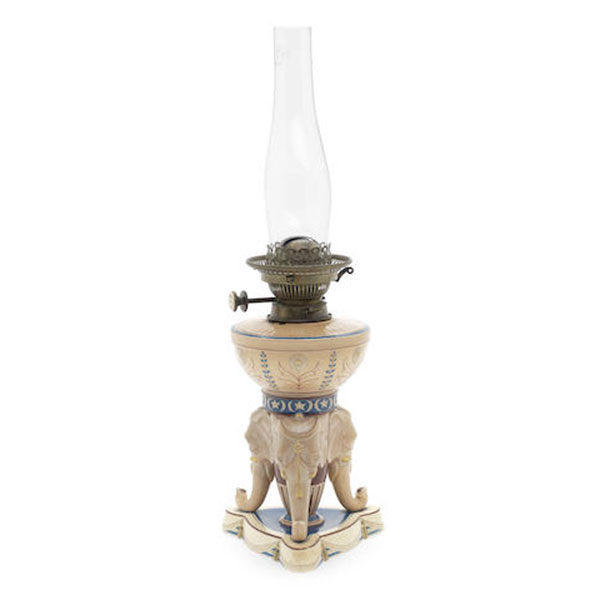
Wedgwood Oil Lamp
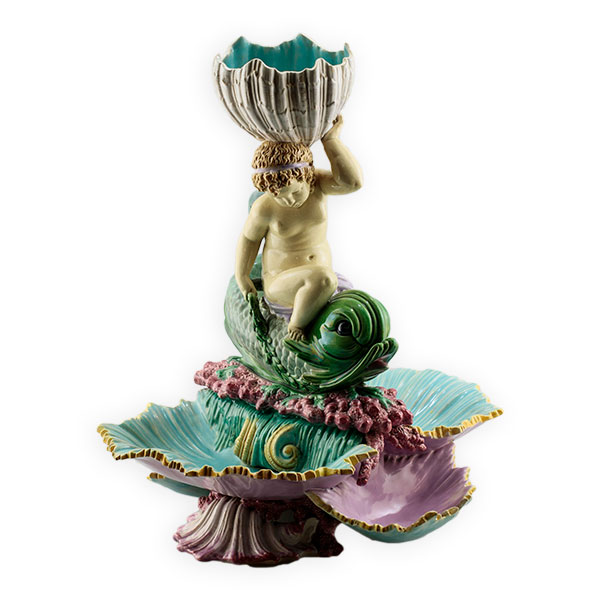
George Jones Table Center
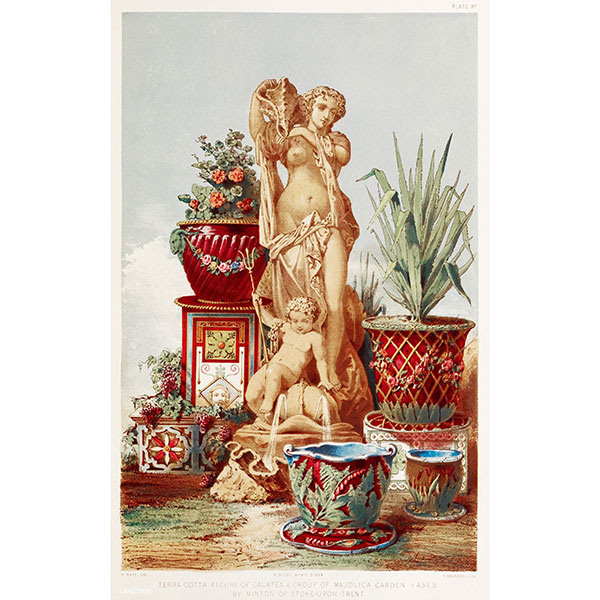
Minton Garden Wares Great Exhibition
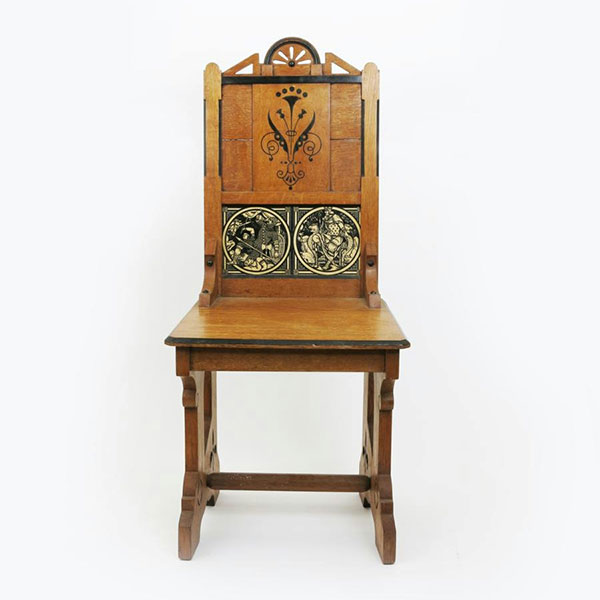
Victorian Gothic Revival Chair Minton Tiles
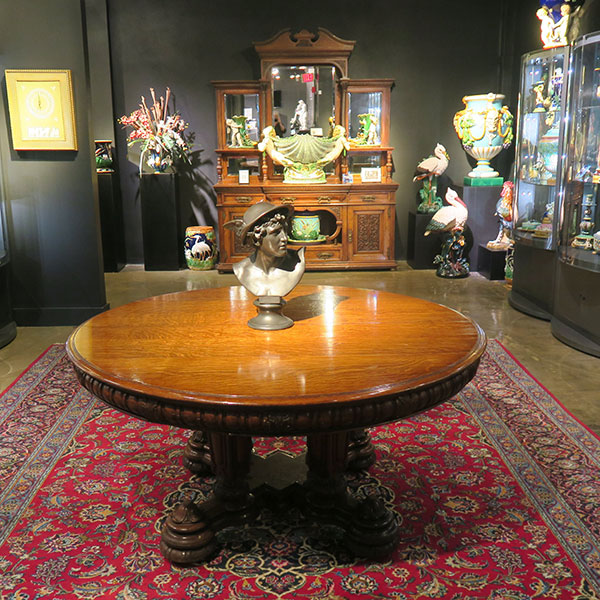
Victorian Oak Table
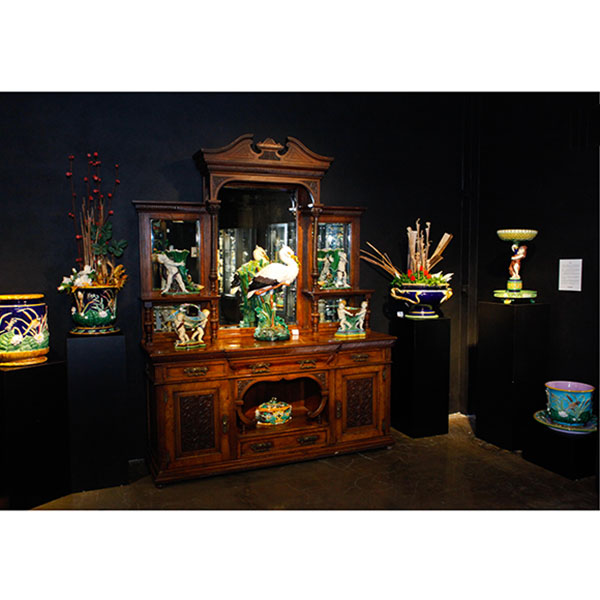
Victorian Majolica
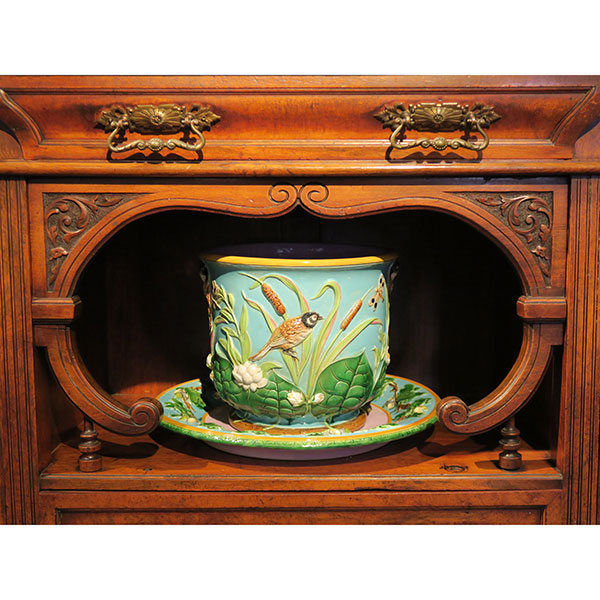
George Jones Jardiniere
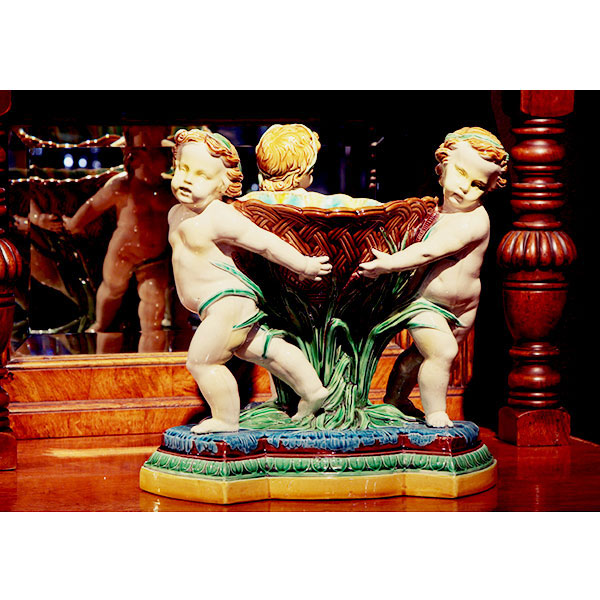
Minton Putti with Basket
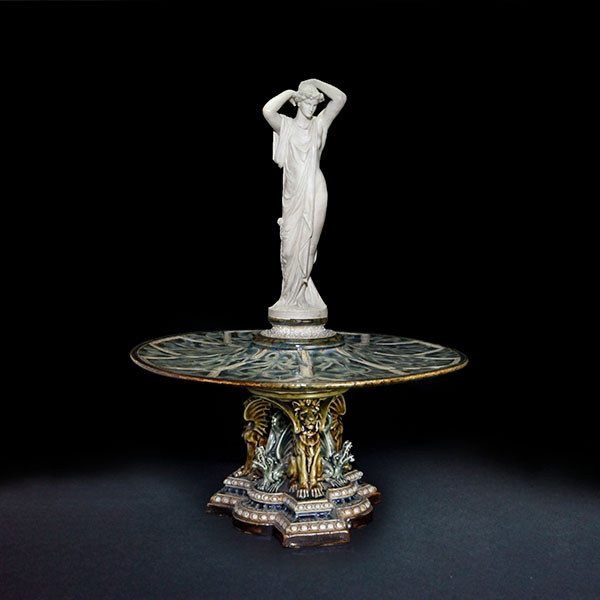
Doulton Table Center A. Beere
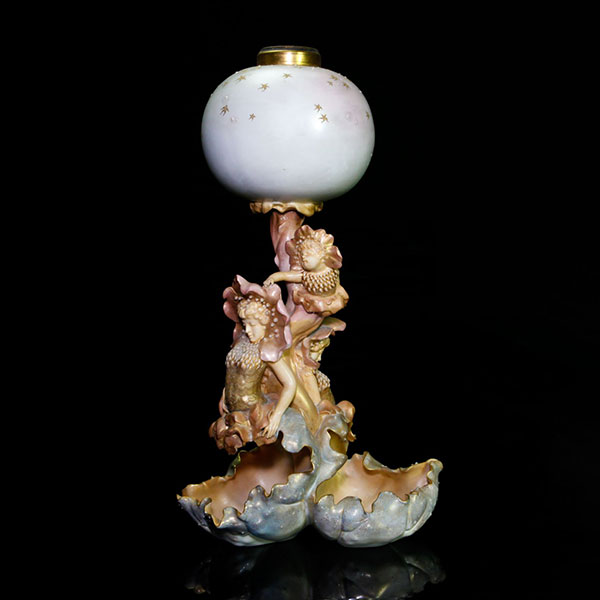
Doulton Burslem Flora Oil Lamp
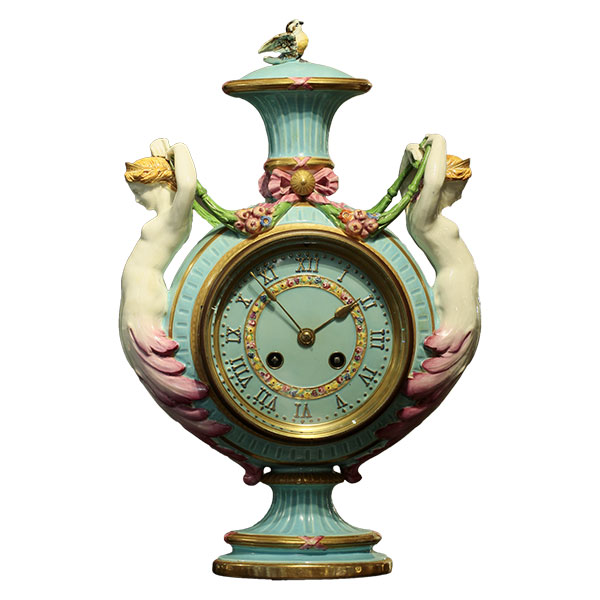
Wedgwood Mermaid Clock
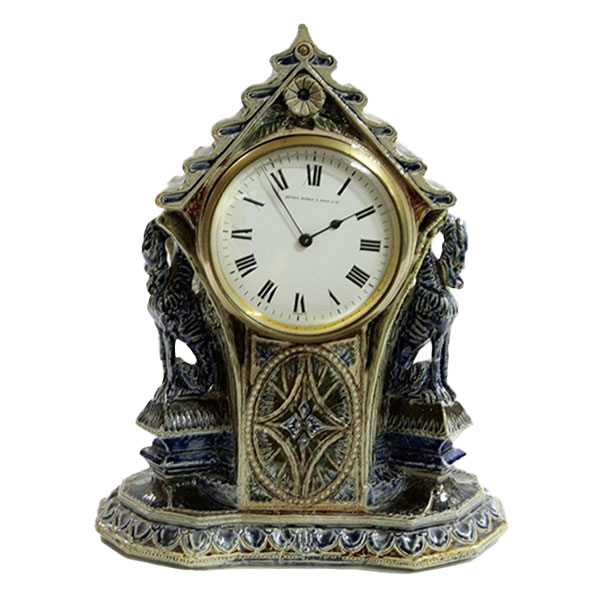
Martin Ware Clock
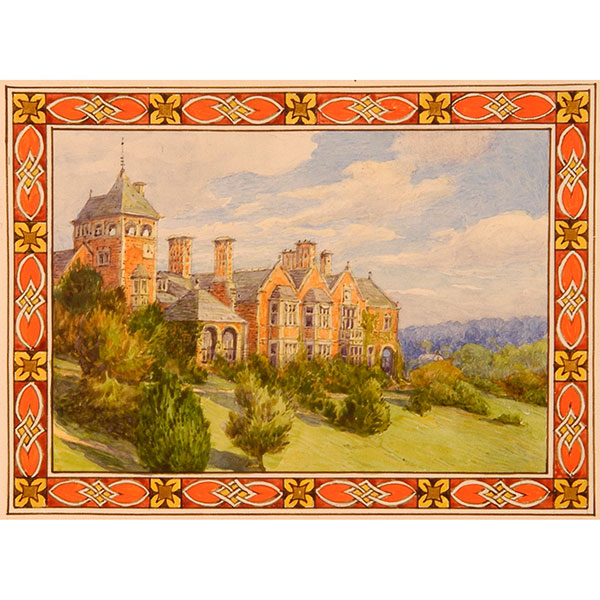
Woolpits Home of Sir Henry Doulton
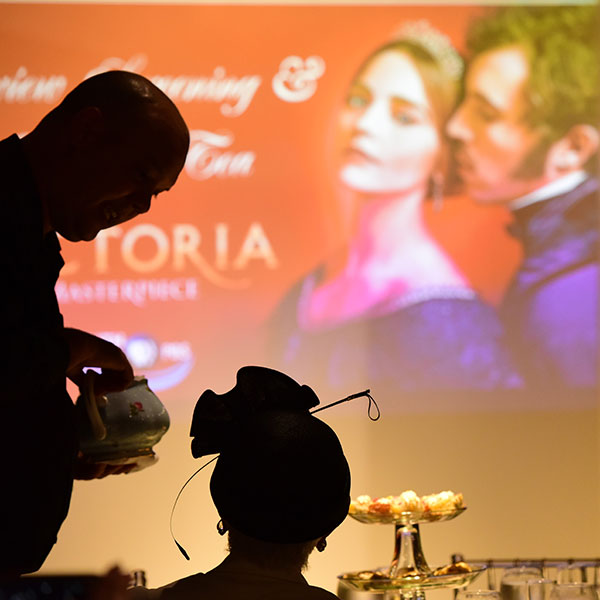
PBS Victoria Tea Party at WMODA Photo Aylin Marcello
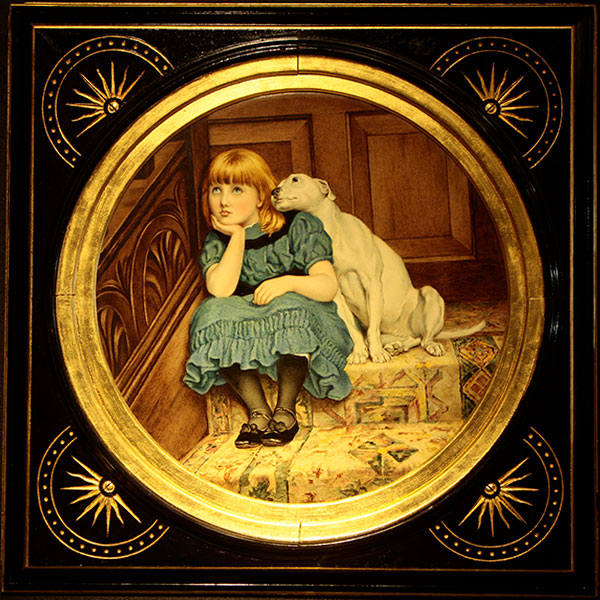
Minton Sympathy
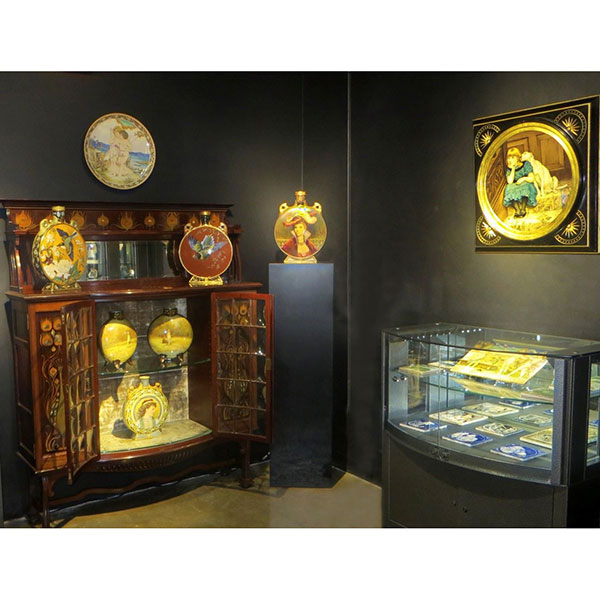
Minton Arts & Crafts
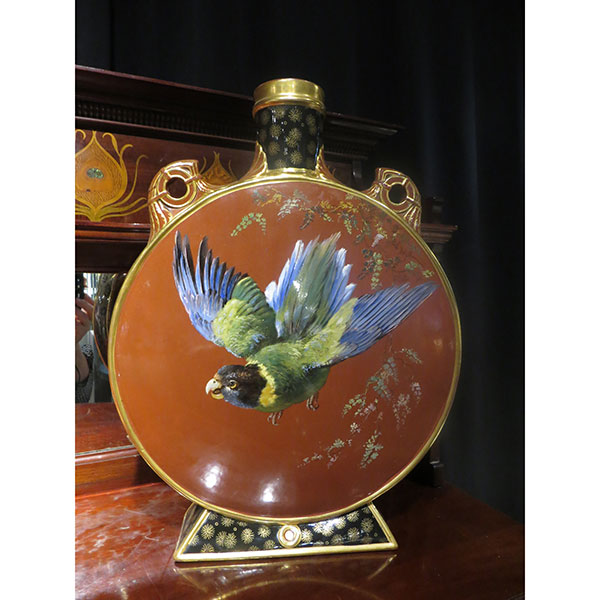
Minton Pilgrim Flask W. Mussill
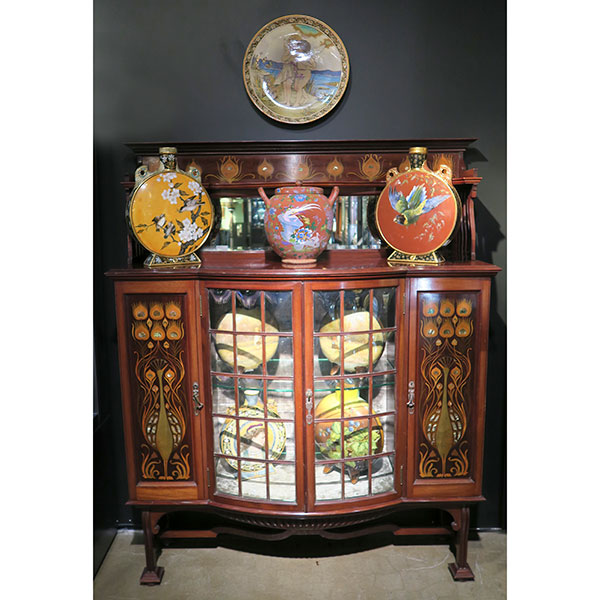
Shapland & Petter Cabinet
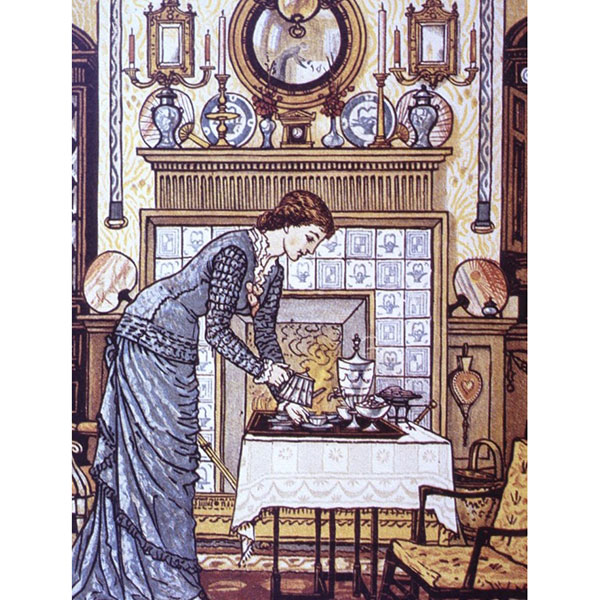
House Beautiful W. Crane
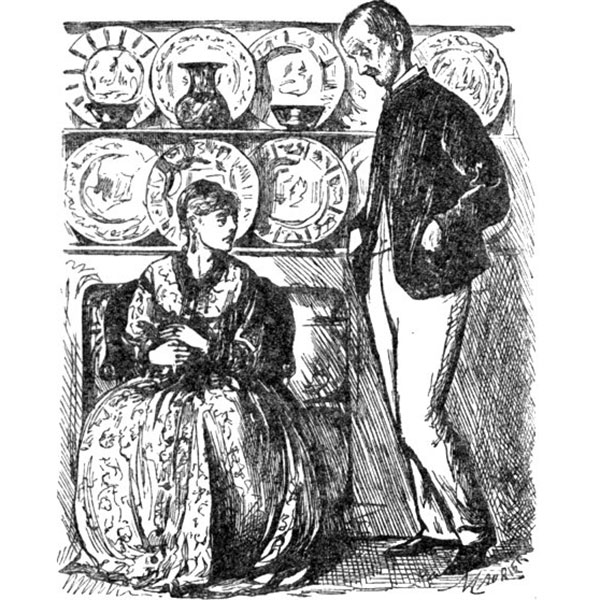
Punch Cartoon Passion for Old China
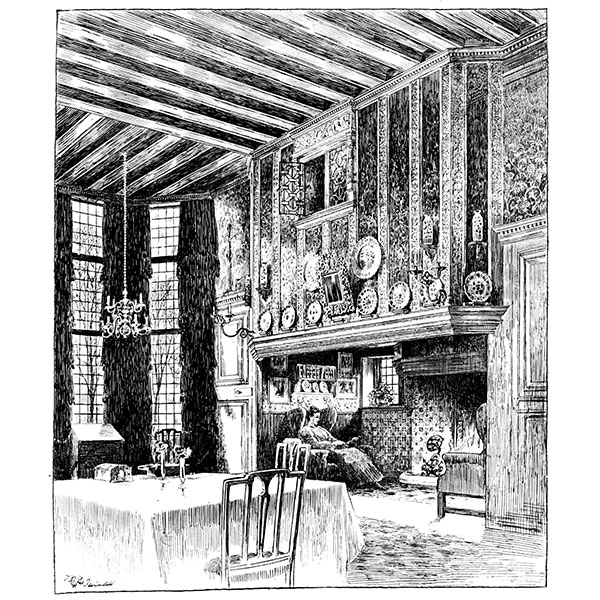
Arts & Crafts Home 1909
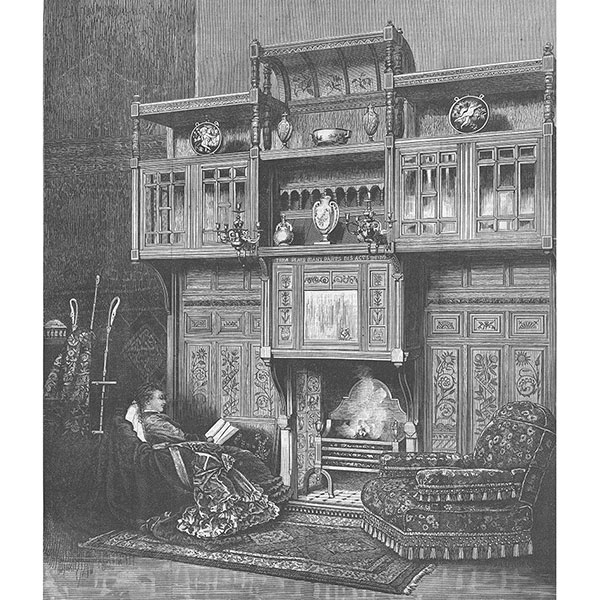
Art Furniture Philadelphia Exhibition 1876
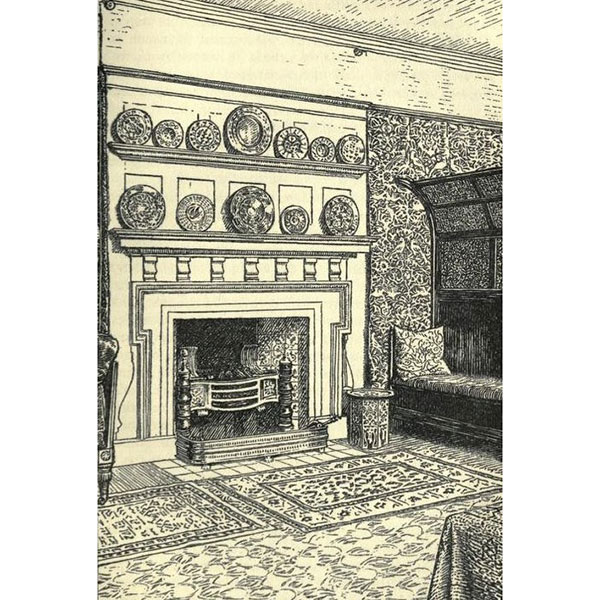
Kelmscott House William Morris Hammersmith
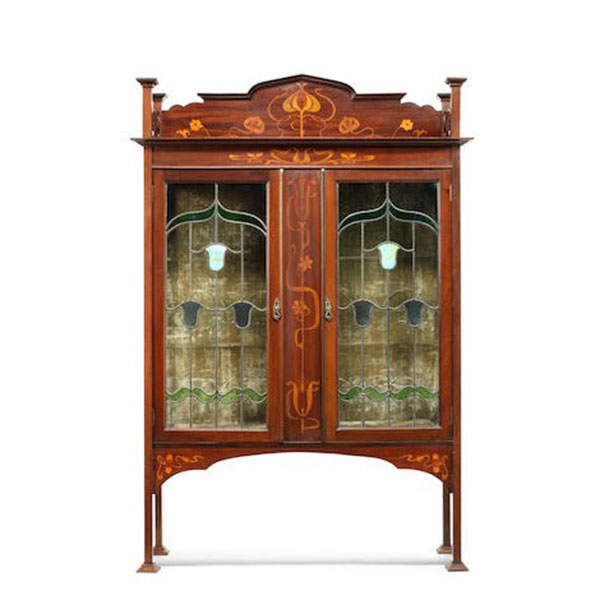
Liberty Cabinet
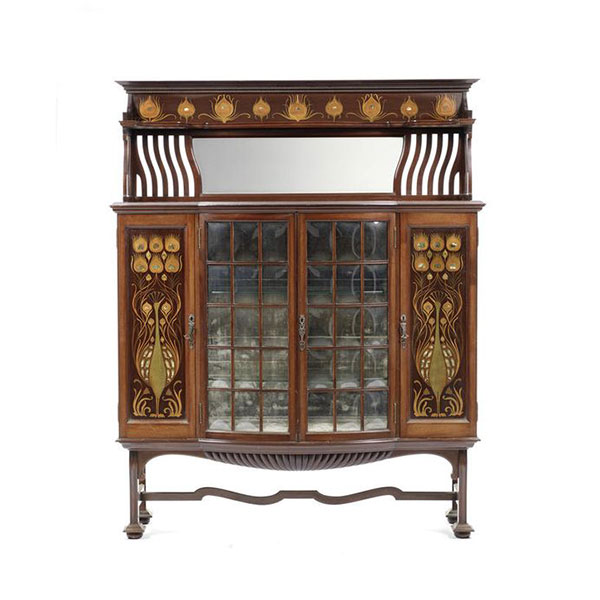
Art Nouveau Shapland Petter H.
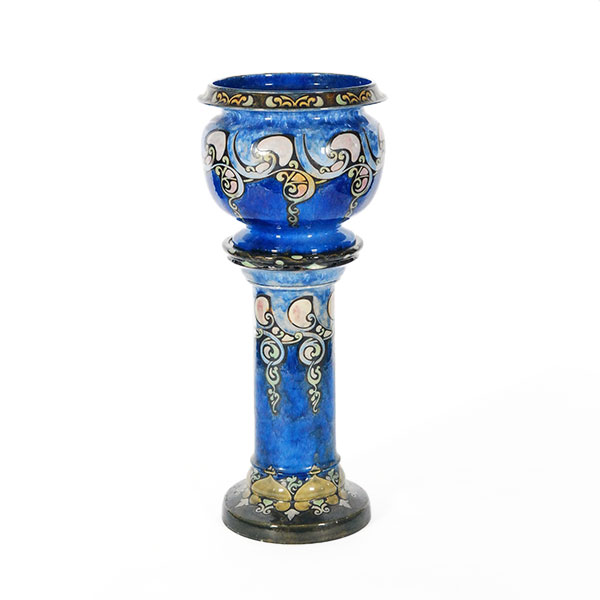
Royal Doulton Jardiniere
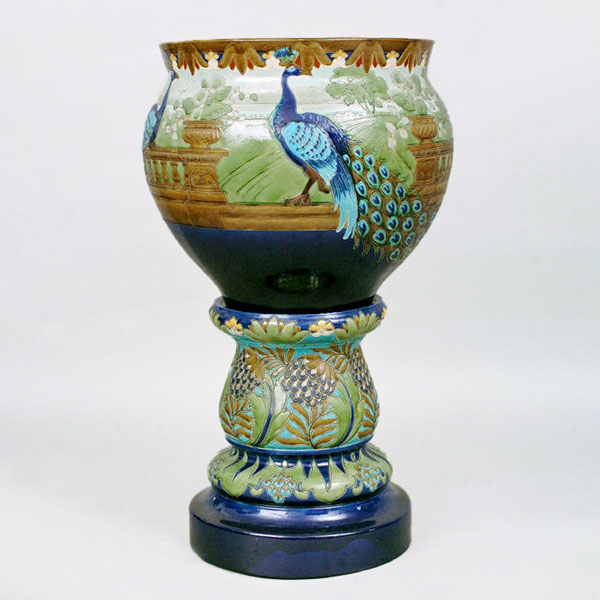
Burmantofts Peacock Jardiniere
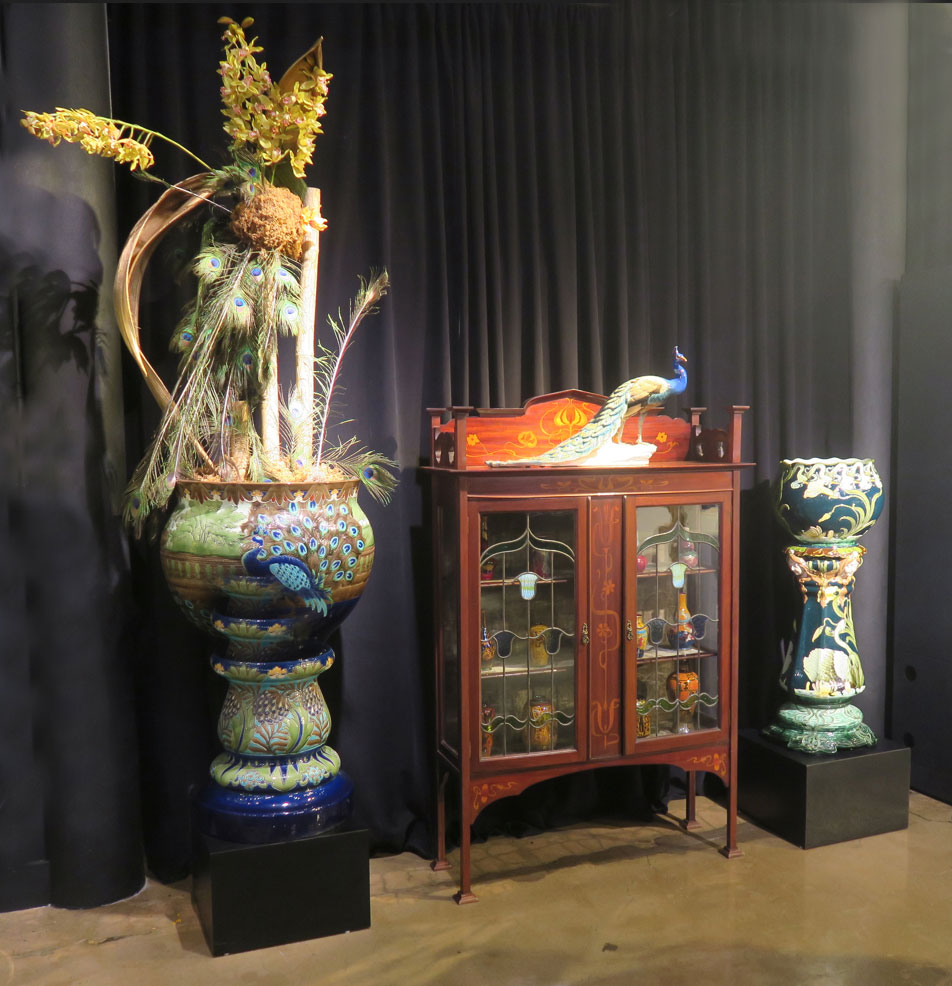
Art Nouveau Gallery
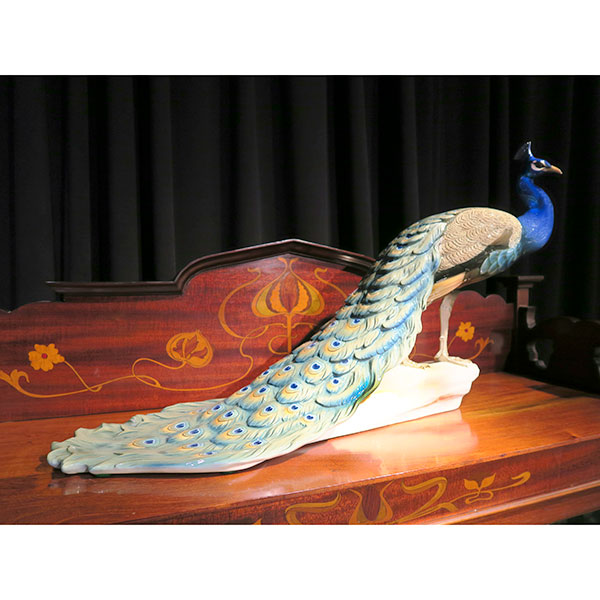
Nymphenburg Peacock
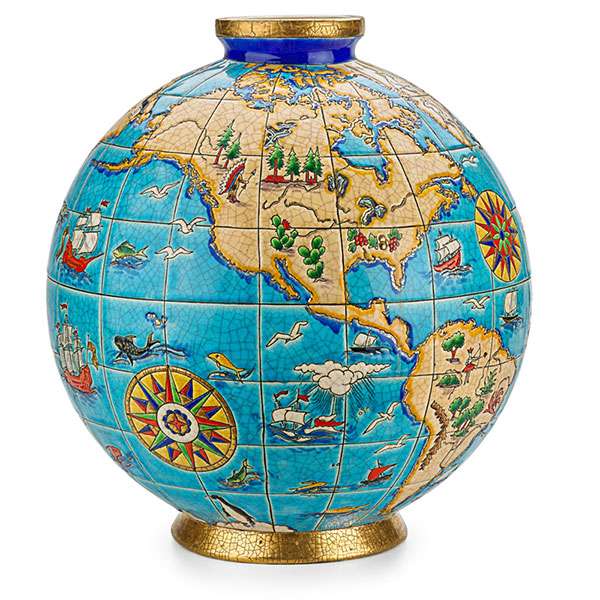
Longwy Atlas
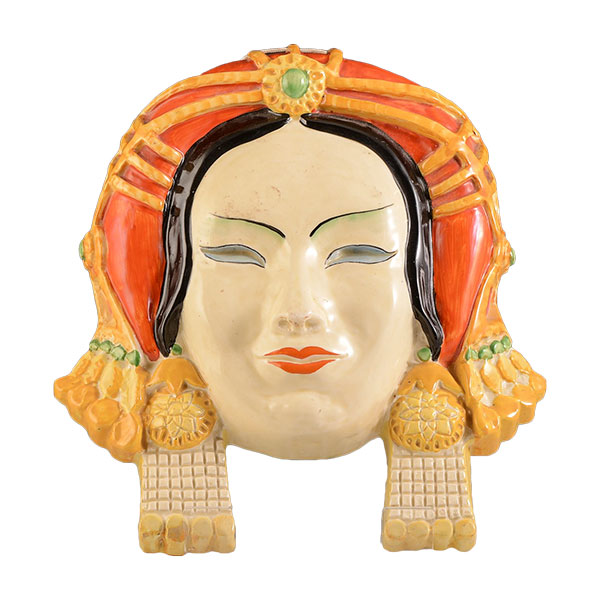
Clarice Cliff Chahar Mask
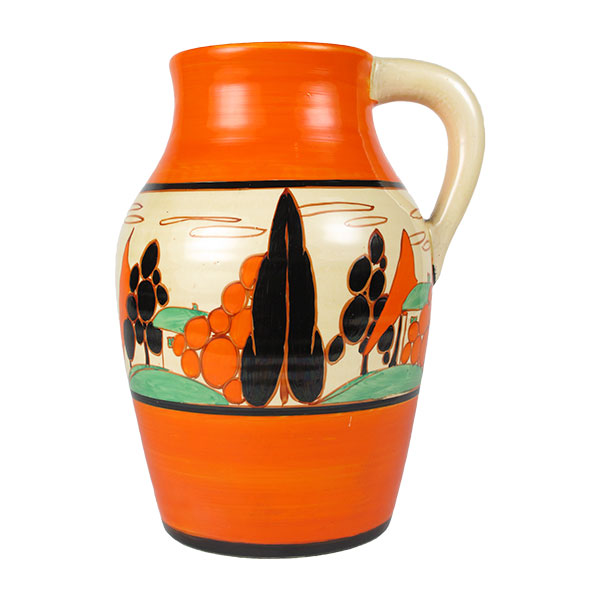
Clarice Cliff Trees House Lotus Jug
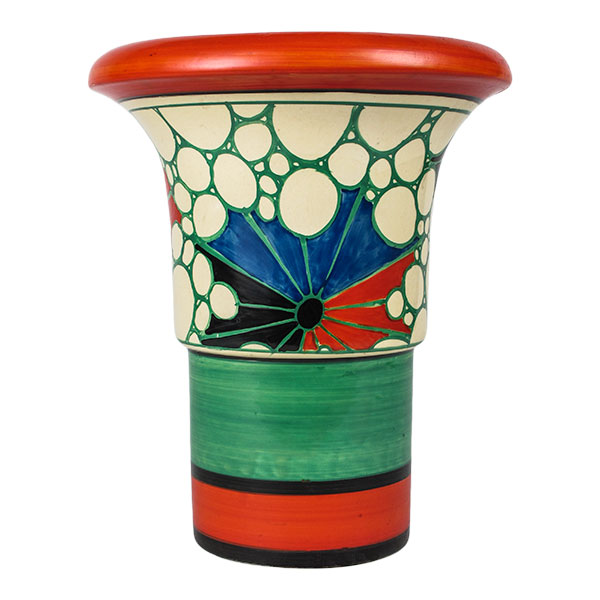
Broth Clarice Cliff
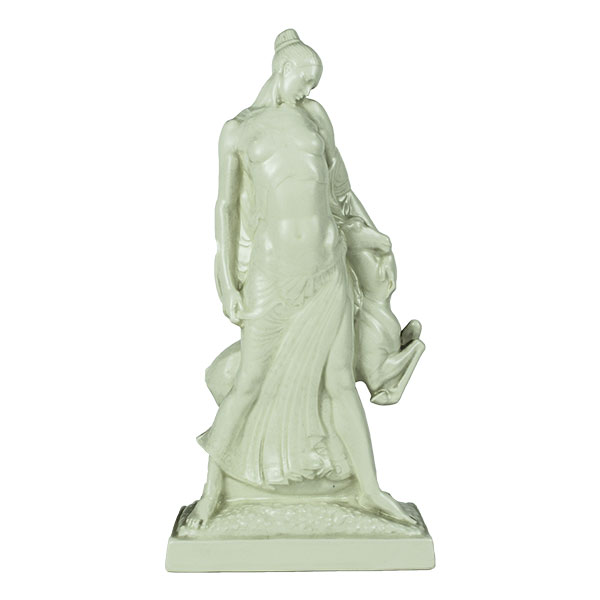
Royal Doulton Diana David Evans
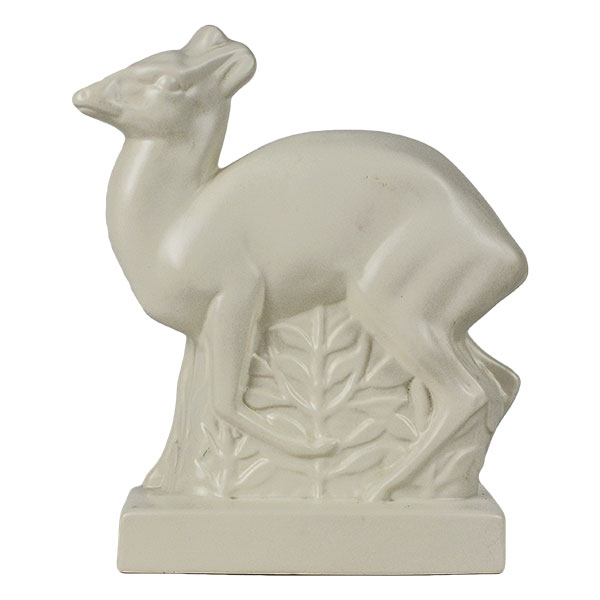
Wedgwood Deer
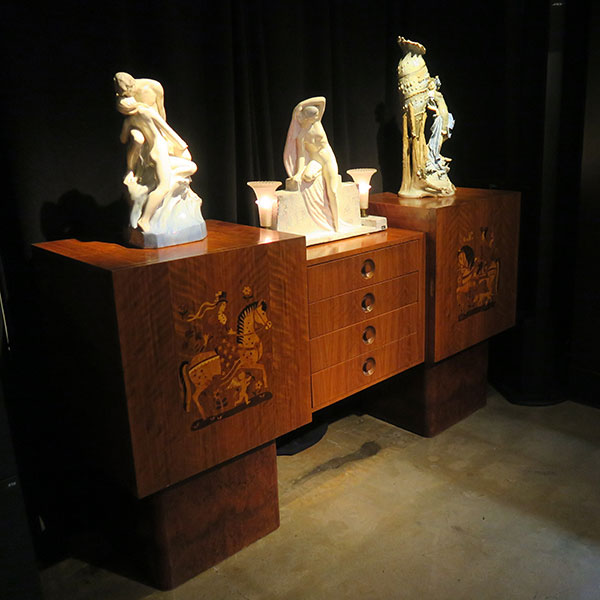
Art Deco Credenza
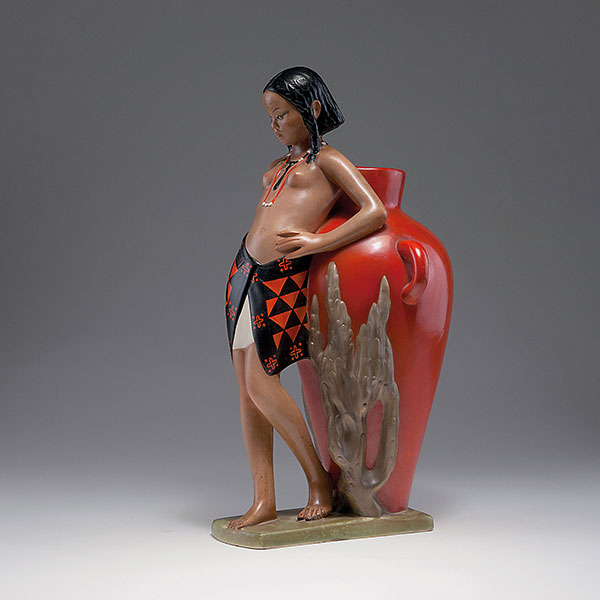
Lenci Abyssinian Girl
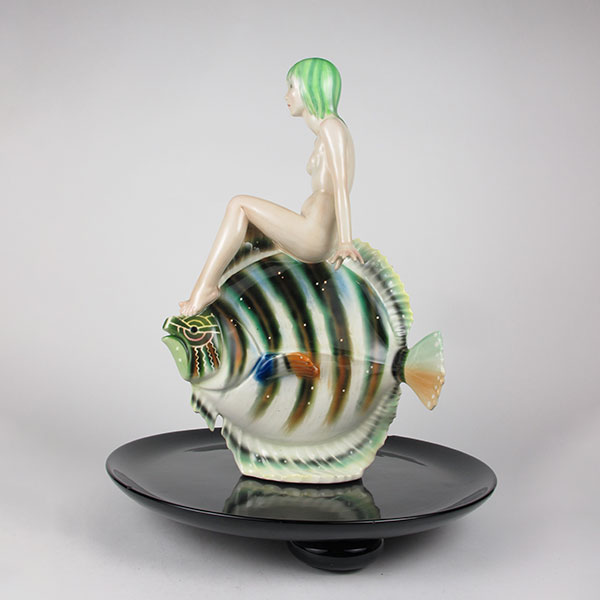
Lenci Nude on a Fish
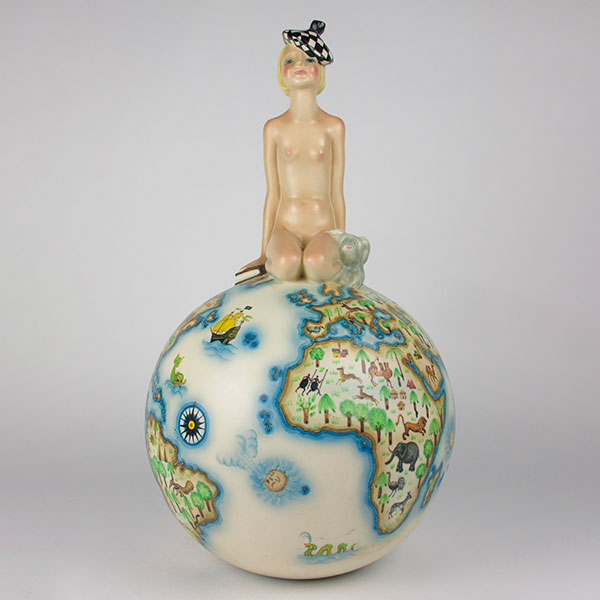
Lenci Nudo sul Mondo
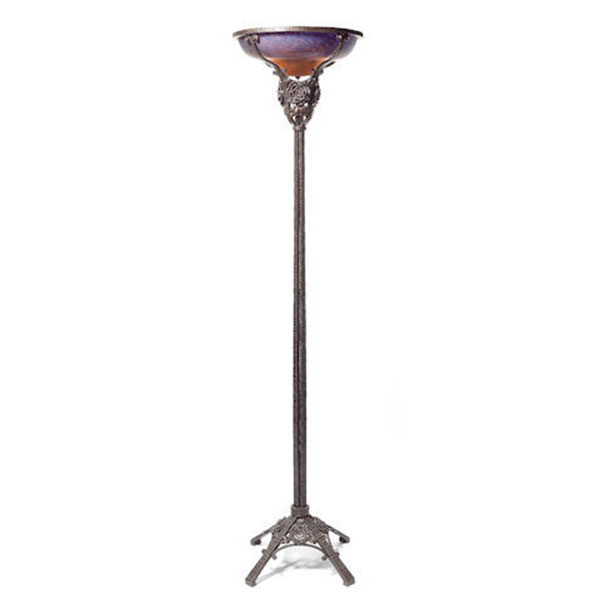
Muller Freres Floor Lamp
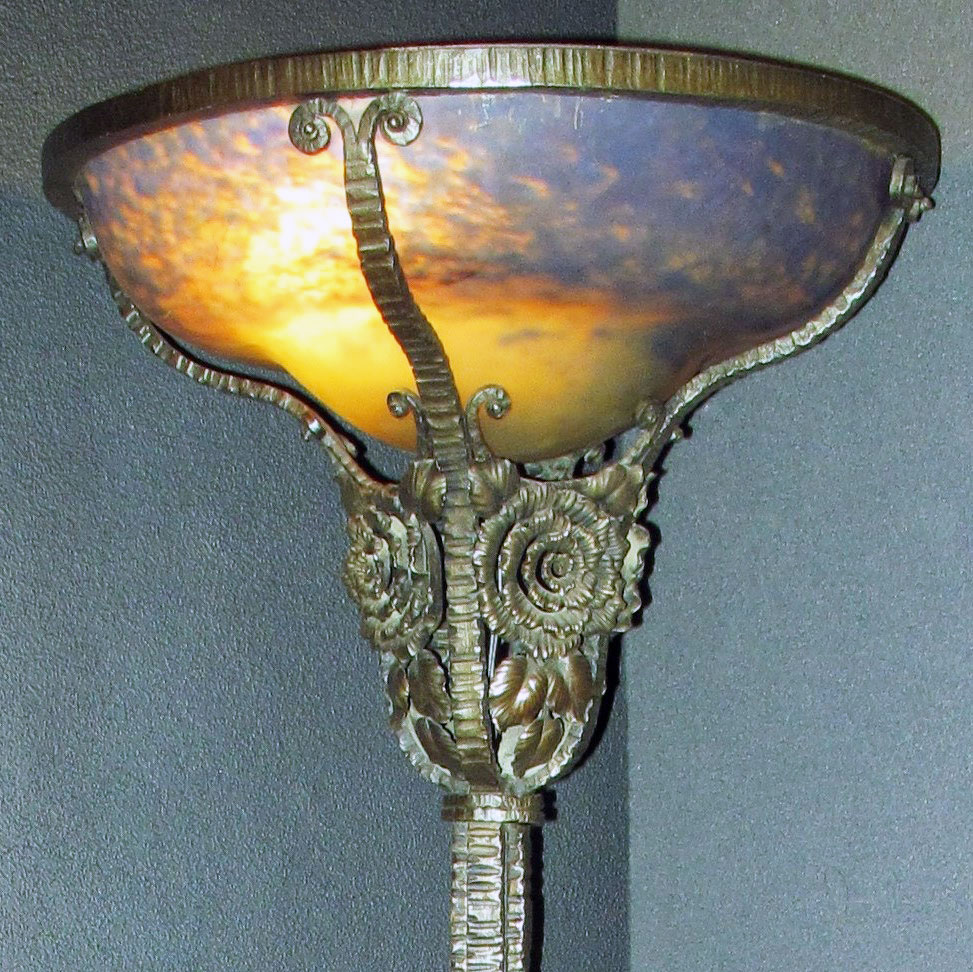
Muller Freres Floor Lamp Detail
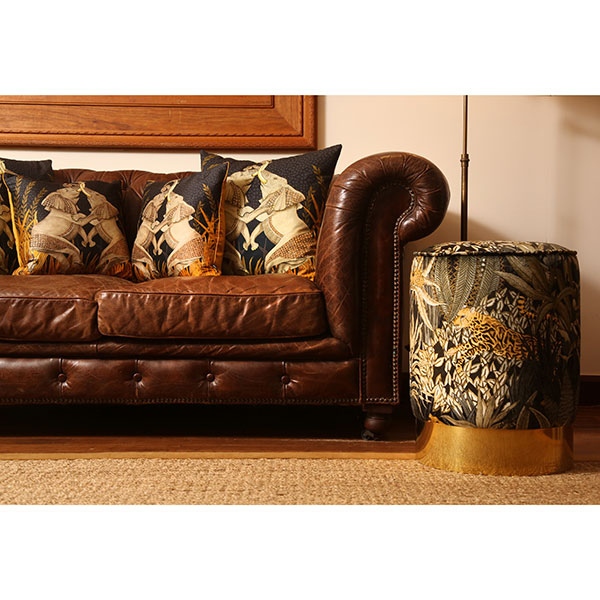
Elephant Dance Pillows and Sabie Pouf
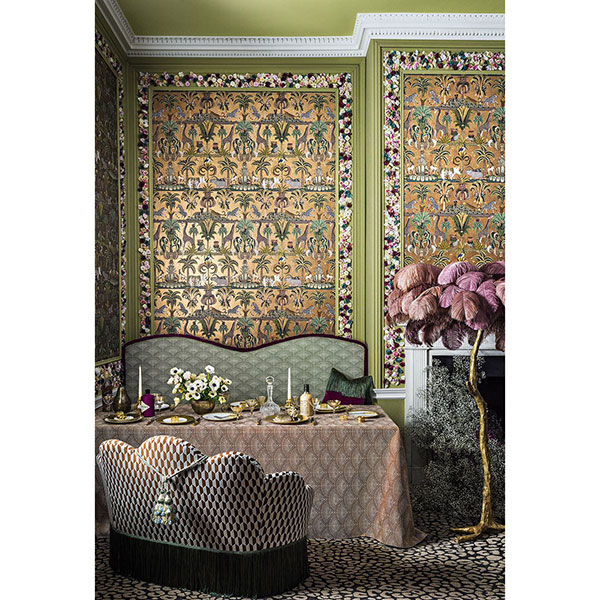
Cole Sons Afrika Kingdom Wallpaper
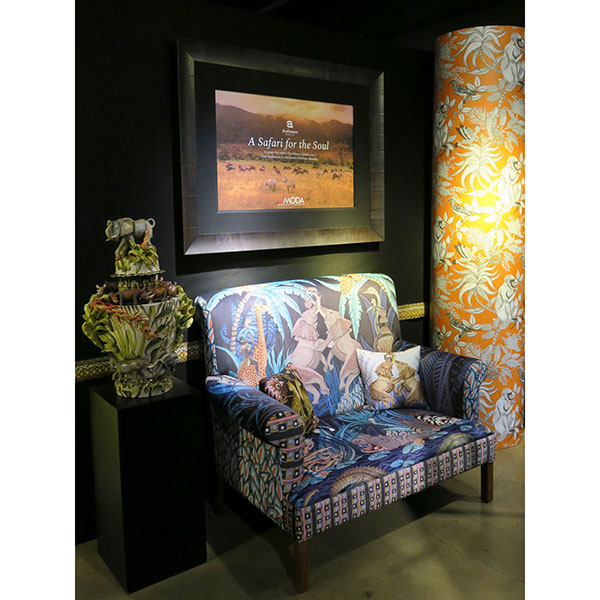
Ardmore Sabie Sofa
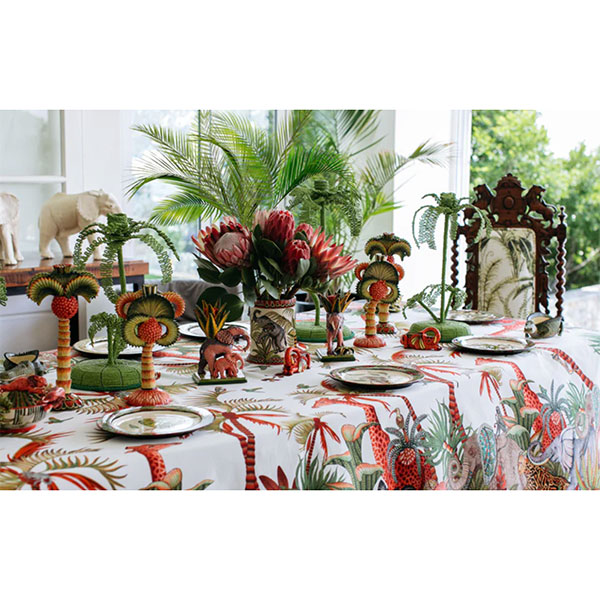
Ardmore Palm Parade Table Setting
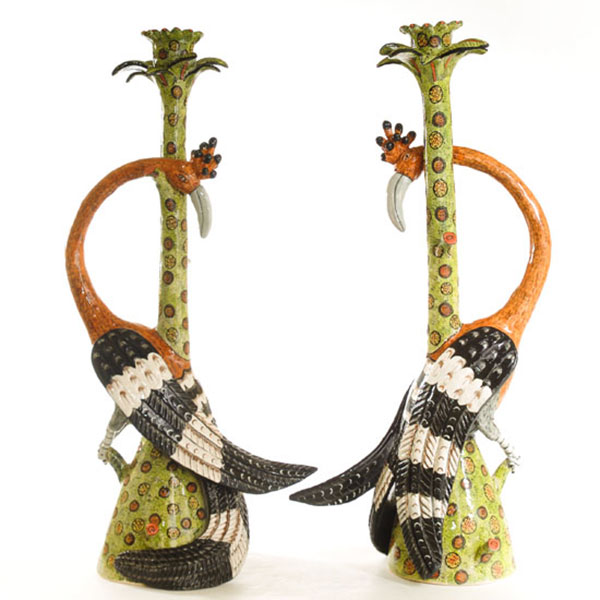
Ardmore Candlesticks
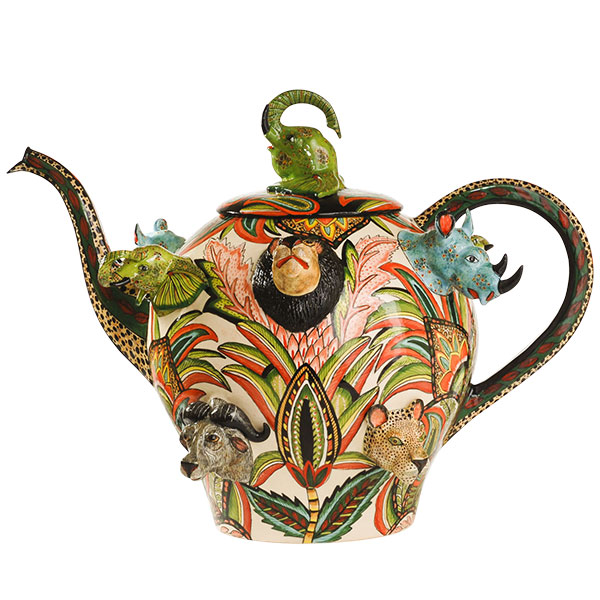
Ardmore Teapot
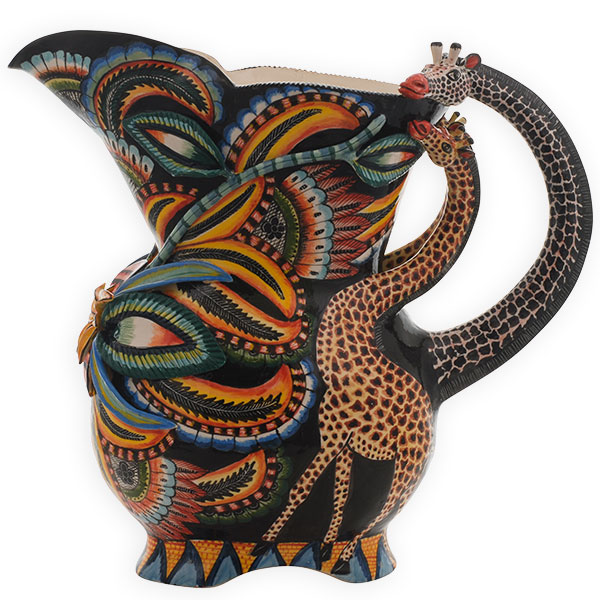
Ardmore Jug
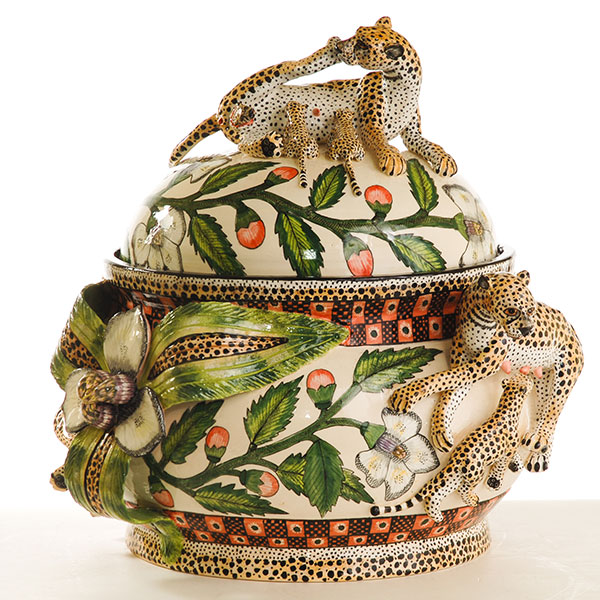
Ardmore Tureen
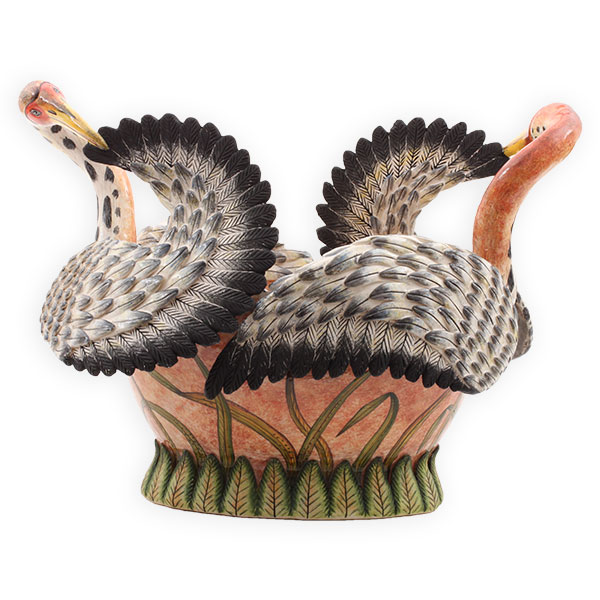
Ardmore Bowl
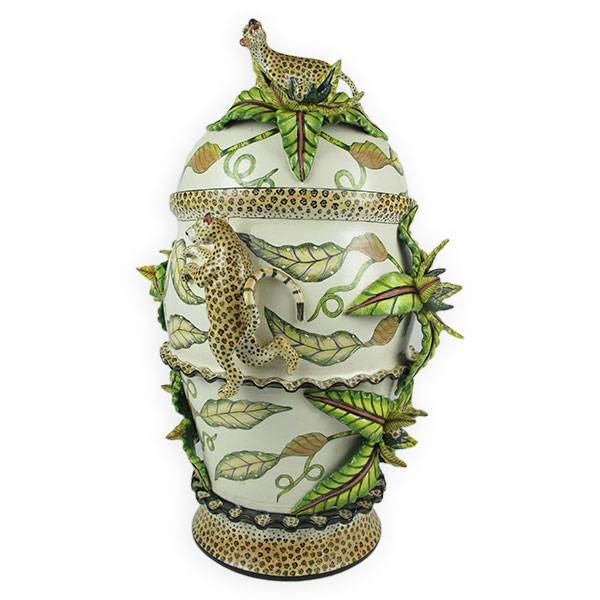
Ardmore Urn
